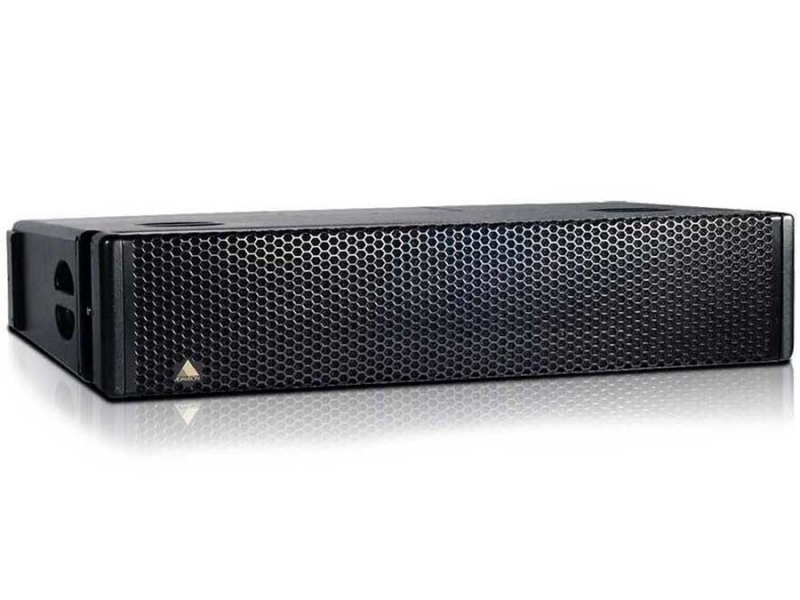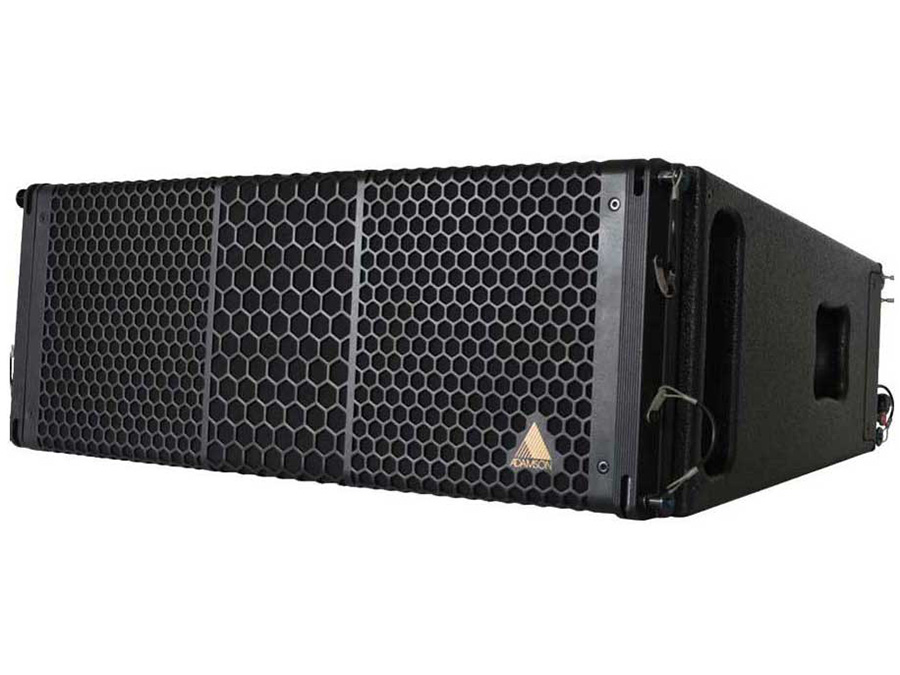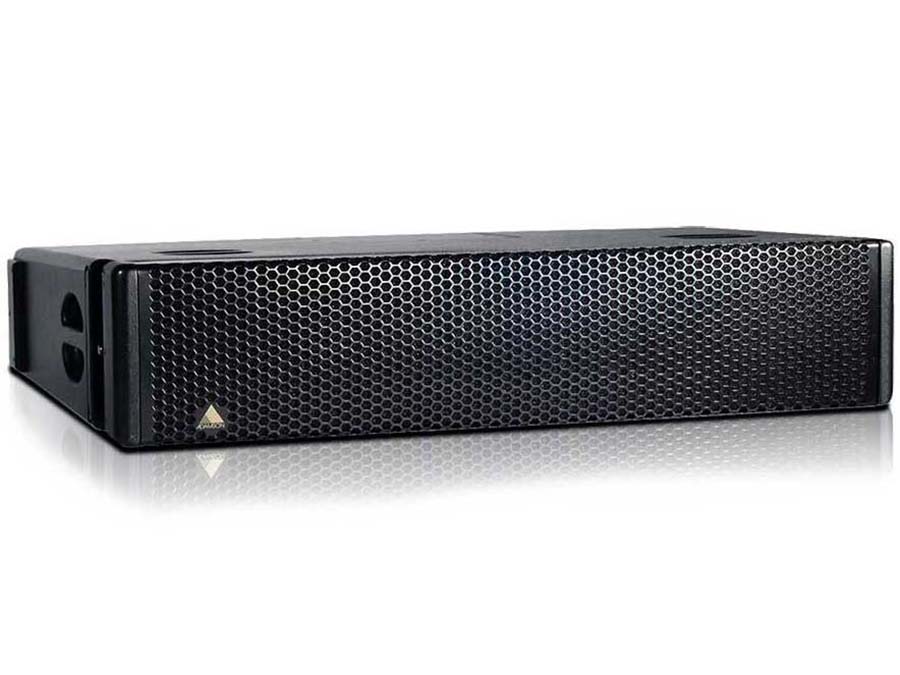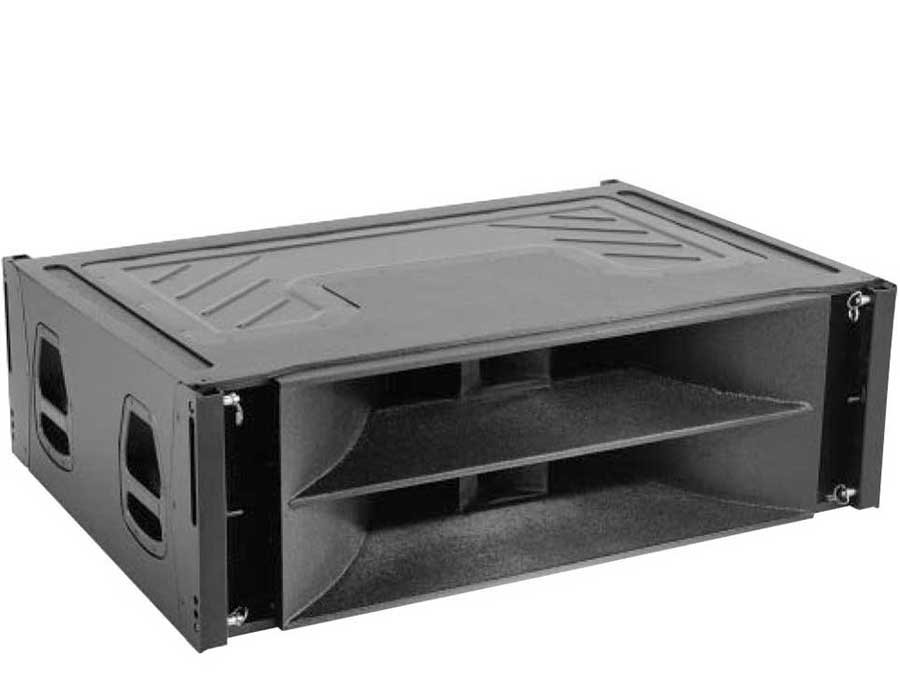Lab gruppen amplifier
27 October 2023

|
Are you looking to enhance the capabilities of your lab group? If so, it's time to unleash its true potential with the power of a cutting-edge amplifier. With the rapid advancements in technology, traditional lab equipment may not be sufficient to meet the demands of modern research and experimentation. Introducing our latest innovation, the [brand name] Amplifier. Designed specifically for scientific labs, this state-of-the-art amplifier utilizes advanced signal processing algorithms to provide unparalleled precision and clarity in your experimental results. Whether you're conducting complex analyses, running simulations, or collecting data, this amplifier will revolutionize the way your lab group operates. Benefits of using cutting-edge amplifiers in lab groups In today's fast-paced research environment, staying ahead of the curve is crucial. By incorporating cutting-edge amplifiers into your lab group, you can unlock several key benefits that will propel your research to new heights. Enhanced sensitivity and accuracy: Traditional lab equipment may not provide the level of sensitivity and accuracy required for modern research. Cutting-edge amplifiers, on the other hand, are designed to amplify even the faintest of signals, ensuring that you capture every detail of your experimental data. This enhanced sensitivity allows for more precise measurements and more accurate analysis, ultimately leading to better research outcomes. Improved signal-to-noise ratio: Noise is a constant challenge in scientific research. It can distort signals and lead to inaccurate results. Cutting-edge amplifiers are equipped with advanced noise reduction technologies, such as low-noise amplification circuits and digital filtering algorithms, which effectively suppress background noise and improve the signal-to-noise ratio. This reduction in noise allows you to extract valuable information from your data with greater clarity and confidence. Expanded frequency range: Many scientific experiments require the analysis of signals across a wide frequency range. Traditional amplifiers may have limitations in terms of their frequency response, resulting in distortion or loss of signal at higher frequencies. Cutting-edge amplifiers, on the other hand, are designed to handle a broader frequency spectrum, enabling you to accurately analyze signals across a wide range of frequencies. This is particularly beneficial for research areas such as wireless communications, audio analysis, and high-frequency electronics. Versatility and flexibility: Different research projects often require different signal amplification requirements. Traditional amplifiers may not offer the versatility and flexibility needed to adapt to these varying needs. Cutting-edge amplifiers, on the other hand, come with a range of adjustable parameters and customizable settings, allowing you to tailor the amplifier's performance to suit your specific experimental requirements. This versatility ensures that your lab group can tackle a wide range of research projects, without the need for multiple specialized amplifiers. |
 |
|
Different types of cutting-edge amplifiers available When it comes to cutting-edge amplifiers for lab groups, there are several different types available, each designed for specific applications and research areas. Here are some of the most common types: Low-noise amplifiers (LNAs): LNAs are specifically designed to amplify weak signals while introducing minimal additional noise. They are commonly used in applications where the signal level is low, such as radio astronomy, medical imaging, and environmental monitoring. LNAs are known for their high gain, low noise figure, and excellent linearity. Instrumentation amplifiers: Instrumentation amplifiers are designed to provide high-precision amplification for sensor outputs in measurement applications. They offer excellent common-mode rejection ratio (CMRR) and low input offset voltage, making them ideal for amplifying small differential signals in environments with high levels of common-mode interference. Differential amplifiers: Differential amplifiers amplify the voltage difference between two input signals. They are commonly used in applications where the desired signal is carried on a common-mode voltage, such as in audio amplification and data acquisition systems. Differential amplifiers offer high common-mode rejection and low distortion, making them suitable for high-fidelity signal amplification. Operational amplifiers (Op-amps): Op-amps are general-purpose amplifiers used in a wide range of applications, including signal conditioning, filtering, and audio amplification. They offer high gain, low input and output impedance, and excellent linearity. Op-amps can be configured in various ways to suit different amplification requirements. Power amplifiers: Power amplifiers are designed to deliver high-power output signals, typically for driving loudspeakers or powering transmitters. They are commonly used in audio systems, RF transmitters, and high-power motor control applications. Power amplifiers offer high efficiency, low distortion, and high output power capability. When selecting a cutting-edge amplifier for your lab group, it's important to consider the specific requirements of your research projects and choose an amplifier that best aligns with those needs. Understanding the different types of amplifiers available will help you make an informed decision. |
 |
|
Key features to consider when selecting a lab group amplifier Choosing the right amplifier for your lab group can be a daunting task, given the plethora of options available in the market. However, by focusing on a few key features, you can ensure that you select an amplifier that meets your lab's specific requirements. Here are some essential features to consider: Frequency range: Different research projects operate at different frequencies. It's crucial to select an amplifier that covers the frequency range of your experiments. Consider both the lower and upper frequency limits and ensure that the amplifier's specifications align with your research needs. Gain and noise figure: The gain of an amplifier determines how much it amplifies the input signal. Higher gain amplifiers are suitable for weak signals, while lower gain amplifiers are ideal for stronger signals. Additionally, the noise figure indicates the amount of noise added by the amplifier. Look for an amplifier with a high gain and low noise figure for optimal performance. Input and output impedance: The input and output impedance of an amplifier should match the impedance of the source and load, respectively. Mismatched impedance can result in signal reflections and loss of signal quality. Ensure that the amplifier's impedance specifications are compatible with your experimental setup. Adjustable parameters: Some cutting-edge amplifiers offer adjustable parameters, such as gain, bandwidth, and filtering options. This flexibility allows you to fine-tune the amplifier's performance to suit your specific research needs. Consider whether these adjustable parameters are necessary for your lab group's experiments. Compatibility with other equipment: Ensure that the amplifier is compatible with other equipment in your lab group's setup. Consider factors such as input/output connectors, signal levels, and control interfaces. Compatibility issues can lead to integration challenges and hinder the seamless operation of your lab group. Reliability and support: Research projects often require continuous operation over extended periods. Look for an amplifier that is known for its reliability and durability. Additionally, check if the manufacturer provides adequate customer support, including technical assistance and warranty coverage. By considering these key features, you can narrow down your options and select a cutting-edge amplifier that best suits the needs of your lab group. Setting up and configuring a cutting-edge amplifier Once you've selected a cutting-edge amplifier for your lab group, it's time to set it up and configure it for optimal performance. Here are the steps to follow: Read the user manual: Familiarize yourself with the manufacturer's instructions and recommendations by thoroughly reading the user manual. This will provide you with essential information on installation, setup, and configuration specific to your chosen amplifier. Prepare the experimental setup: Ensure that your lab group's experimental setup is ready for integrating the amplifier. This includes connecting the amplifier to the appropriate signal source and load, as well as providing the necessary power supply and grounding. Calibrate the amplifier: Many cutting-edge amplifiers offer calibration options to optimize their performance. Follow the calibration procedures outlined in the user manual to ensure accurate and reliable amplification. Configure adjustable parameters: If your amplifier offers adjustable parameters, such as gain or filtering options, configure them according to the specific requirements of your research projects. This may involve adjusting knobs, switches, or using software interfaces provided by the manufacturer. Test and validate: Before fully integrating the amplifier into your lab group's workflow, perform thorough testing and validation. Use known input signals or test signals to verify the amplifier's performance and ensure that it meets the desired specifications. Integrate into the lab group workflow: Once the amplifier has been successfully set up and configured, integrate it into your lab group's workflow. Ensure that all researchers using the amplifier are trained on its operation and that the necessary documentation is in place for future reference. By following these steps, you can ensure a smooth setup and configuration process for your cutting-edge amplifier, allowing your lab group to reap the benefits of its advanced capabilities. Troubleshooting common issues with lab group amplifiers Even with cutting-edge technology, occasional issues may arise with lab group amplifiers. Understanding common problems and their solutions can help you troubleshoot and resolve these issues efficiently. Here are some common issues and their possible solutions: No power or no output: If the amplifier is not powering on or producing any output signal, check the power supply connections and ensure that the power source is working correctly. Also, verify that the amplifier's input and output connections are secure and properly connected. Excessive noise or distortion: If you notice excessive noise or distortion in the amplified signal, check the input signal quality, as well as the amplifier's gain and filtering settings. Ensure that the input signal is clean and free from interference, and adjust the amplifier's gain and filtering options as necessary. Signal instability or oscillation: If the amplified signal is unstable or oscillating, check for loose or improper connections, particularly in the input and output circuits. Ensure that the amplifier's grounding is adequate and that there are no sources of electromagnetic interference nearby. Incompatibility with other equipment: If the amplifier is not compatible with other equipment in your lab group's setup, check for compatibility issues such as impedance mismatches, incompatible signal levels, or incompatible connectors. Consider using suitable adapters or interface devices to resolve compatibility problems. Overheating or thermal issues: If the amplifier becomes excessively hot or exhibits thermal issues, ensure that it is properly ventilated and not operating in an environment with excessive ambient temperature. Check for any obstructions to airflow around the amplifier and consider using additional cooling measures if necessary. If you encounter any issues that cannot be resolved through troubleshooting, consult the manufacturer's technical support or seek assistance from a qualified technician. Prompt resolution of issues will ensure minimal disruption to your lab group's research activities. Conclusion: Amplify the success of your lab group with a cutting-edge amplifier In today's rapidly evolving scientific landscape, equipping your lab group with cutting-edge technology is essential for staying at the forefront of research. A cutting-edge amplifier can unlock a world of possibilities, providing enhanced sensitivity, improved signal quality, and unparalleled precision in your lab group's experimental results. By considering the benefits, different types, key features, setup and configuration process, and troubleshooting techniques, you can ensure that your lab group selects the right amplifier and maximizes its potential. So, unleash the potential of your lab group and elevate your research to new heights with a cutting-edge amplifier. The possibilities are endless! |
 |
